In an era where constant connectivity is often taken for granted, Google's offline maps feature has emerged as a game-changer for travelers venturing into areas with unreliable internet access. Turkey, with its rich history, diverse landscapes, and bustling cities, serves as the perfect testing ground for this technology. Having personally put Google's offline maps to the test across various regions of Turkey, the results offer valuable insights for both casual tourists and seasoned explorers.
The concept of offline maps is simple yet revolutionary. By downloading a specific area's map data beforehand, users can navigate without an active internet connection. This proves particularly useful in Turkey, where remote regions like Cappadocia or the rugged eastern provinces often have spotty network coverage. The downloaded maps include detailed road networks, points of interest, and even some business information, though real-time updates like traffic conditions naturally remain unavailable offline.
Istanbul's labyrinthine streets presented the first real challenge for the offline maps. Wandering through the historic Sultanahmet district, where narrow alleys weave between centuries-old monuments, the offline navigation performed flawlessly. Pinpointing locations like the Hagia Sophia or the Basilica Cistern worked perfectly, though some smaller shops and cafes didn't appear on the downloaded map. The true test came when deliberately venturing off the main tourist paths into residential areas where English signage disappeared – here, the offline maps proved indispensable for finding the way back to familiar territory.
Moving south to the Turquoise Coast, the offline maps revealed both strengths and limitations. Coastal towns like Kas and Fethiye showed excellent detail, including hiking trails leading to ancient Lycian ruins. However, some newly constructed roads in developing areas didn't appear in the downloaded version. This highlighted an important consideration – the necessity to update offline maps regularly, especially when traveling to regions undergoing rapid infrastructure changes.
Cappadocia's otherworldly landscape, with its fairy chimneys and underground cities, presented unique navigation challenges. While the offline maps accurately displayed the region's main roads and major attractions, some of the more remote hiking trails and lesser-known cave churches weren't included. This served as a reminder that offline maps should complement, rather than replace, local knowledge and traditional maps in specialized areas. The elevation data in the downloaded maps proved particularly useful when planning hikes through the region's valleys.
The true value of offline maps became apparent during a road trip through eastern Turkey. Between Van and Dogubeyazit, near the Iranian border, cellular signals became increasingly unreliable. The downloaded maps not only provided turn-by-turn navigation along the winding mountain roads but also helped locate essential services like petrol stations – information that became crucial when traveling through sparsely populated areas. However, the lack of real-time updates meant unexpected road closures due to construction or weather conditions weren't reflected in the navigation.
Urban navigation in Ankara showed how offline maps could save both time and money. Without needing to hunt for Wi-Fi or risk expensive roaming charges, moving between government buildings, museums, and the old citadel became seamless. The maps even included detailed information about Ankara's intricate public transportation system, though schedules naturally couldn't be updated offline. This proved particularly valuable when visiting attractions like the Museum of Anatolian Civilizations in the historic Ulus district.
Several practical lessons emerged from testing offline maps across Turkey. First, download maps using Wi-Fi before departure to avoid data charges. Second, select areas carefully – while entire provinces can be downloaded, this consumes significant storage space. Third, offline searches work best for major landmarks rather than specific addresses, especially in Turkey where formal street numbering can be inconsistent. Finally, combining offline maps with screenshots or saved locations creates a robust navigation safety net.
The experience also revealed some limitations. Without an internet connection, the maps can't provide live information about business hours, reviews, or temporary closures. Some smaller towns showed less detail in their offline versions compared to the online maps. Additionally, certain features like street view and detailed terrain information aren't available offline.
For travelers heading to Turkey, offline maps are particularly valuable in these situations: navigating Istanbul's complex public transportation system, exploring archaeological sites along the Mediterranean coast, road tripping through central Anatolia, and visiting eastern regions where English isn't widely spoken. They serve as both a practical tool and a safety net, especially when combined with traditional navigation methods and local advice.
As technology continues to evolve, offline maps represent a significant step toward stress-free travel in foreign countries. Turkey's diverse geography and infrastructure make it an ideal testing ground that demonstrates both the capabilities and current limitations of this technology. While not perfect, Google's offline maps have undoubtedly removed one of the major anxieties of modern travel – getting lost without access to digital assistance.
The experience of relying on offline maps across Turkey ultimately changes how one approaches travel preparation. It shifts the focus from worrying about connectivity to thoughtfully planning which information might be needed when offline. This subtle change in preparation can make the difference between a stressful journey and a smooth adventure through Turkey's magnificent landscapes and historic sites.
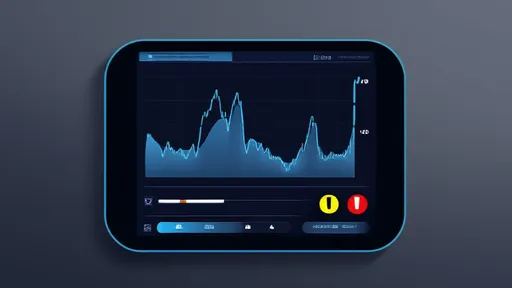
By /Aug 4, 2025
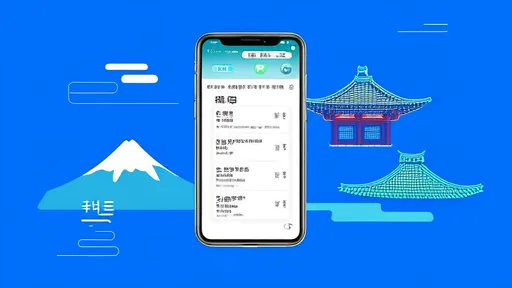
By /Aug 4, 2025
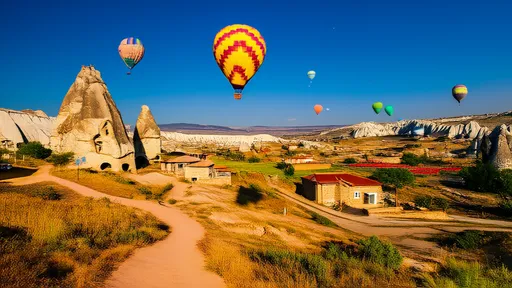
By /Aug 4, 2025
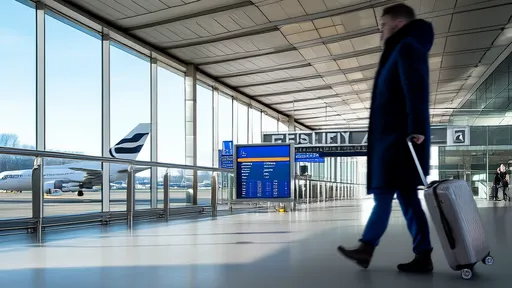
By /Aug 4, 2025

By /Aug 4, 2025

By /Aug 4, 2025

By /Aug 4, 2025

By /Aug 4, 2025

By /Aug 4, 2025

By /Aug 4, 2025

By /Aug 4, 2025

By /Aug 4, 2025

By /Aug 4, 2025

By /Aug 4, 2025

By /Aug 4, 2025

By /Aug 4, 2025

By /Aug 4, 2025

By /Aug 4, 2025

By /Aug 4, 2025
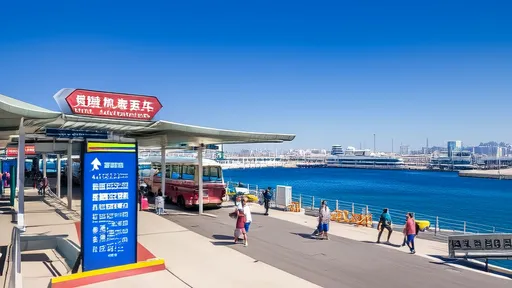
By /Aug 4, 2025